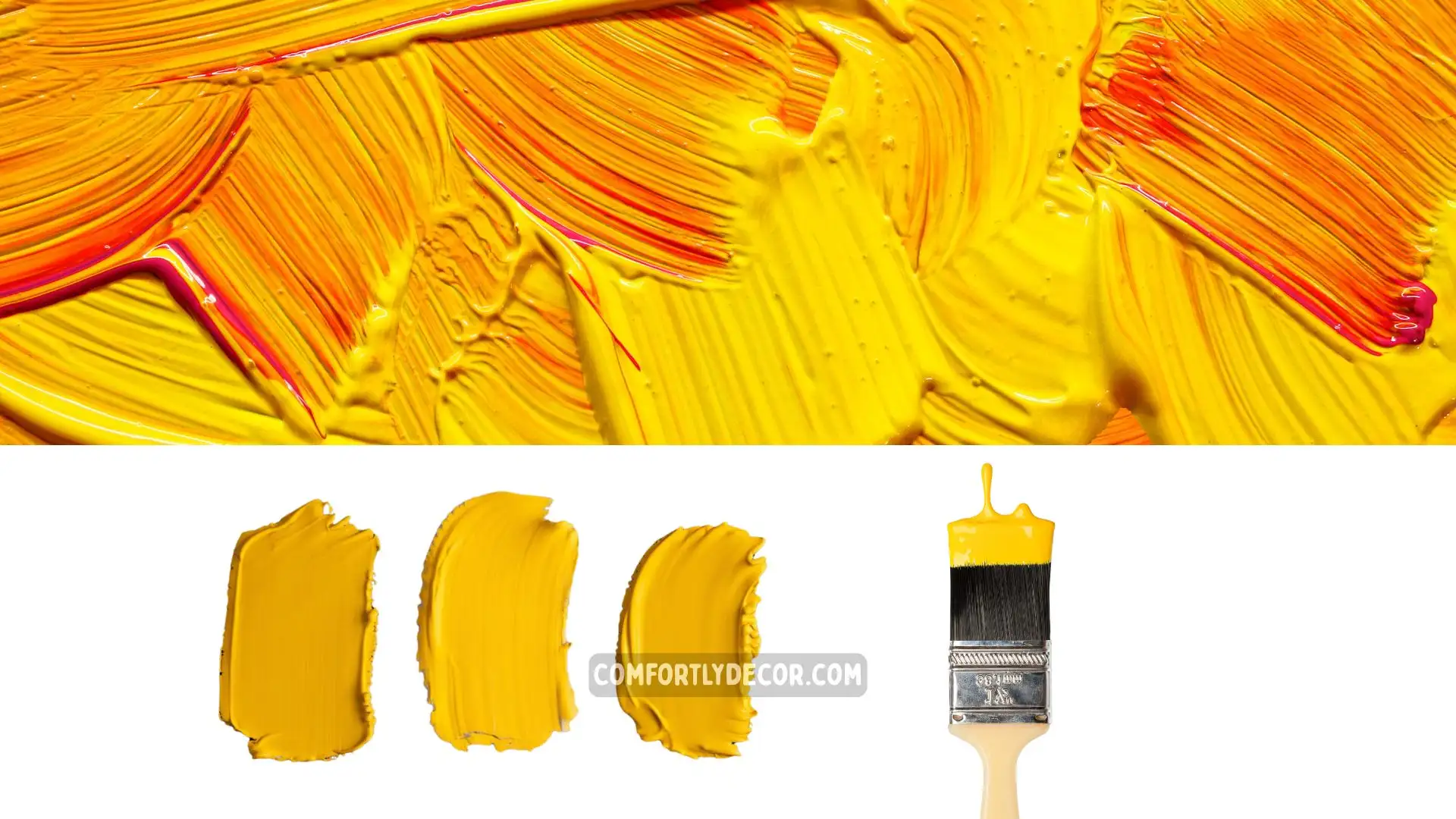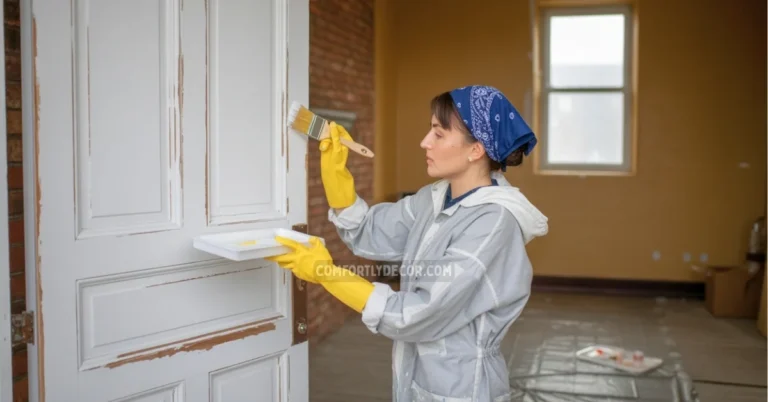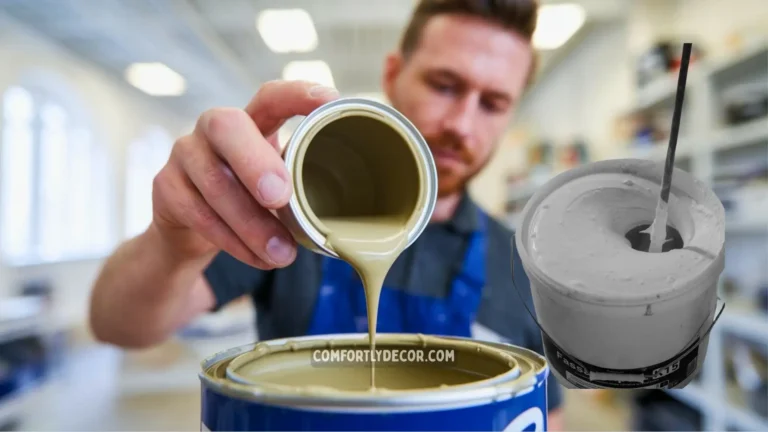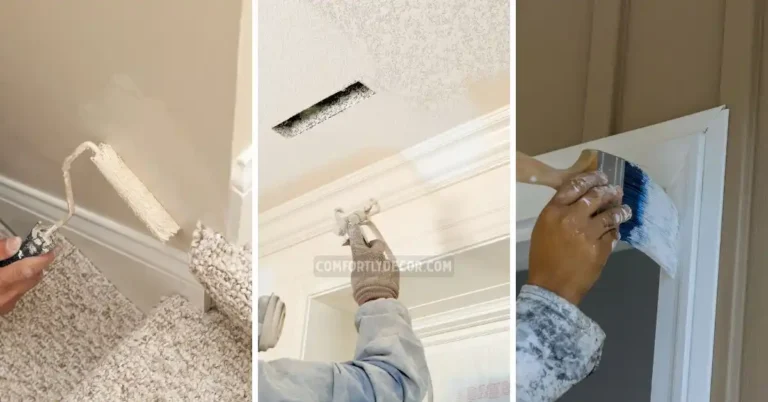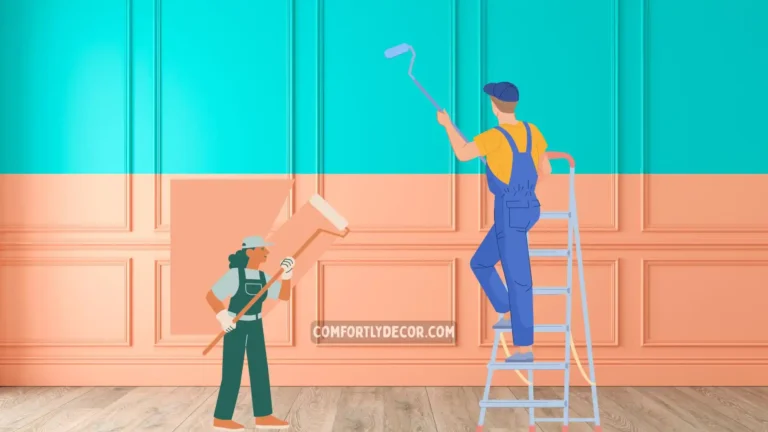How to Make A Dark Yellow with Paint That Pops
Crafting the perfect shade of dark yellow can be an exciting but nuanced process. This guide will walk you through the steps of blending pigments, offer tips on color mixing, and showcase creative ways to apply dark yellow in your art and design projects. Whether you’re an artist, interior designer, or DIY enthusiast, you’ll leave with a confident grasp of creating and using this stunning shade.
Understanding the Appeal of Dark Yellow
Dark yellow is more than just a color; it’s a captivating fusion of vibrancy and subtlety. This shade combines the cheerful energy of yellow with a rich depth, making it perfect for adding warmth and complexity to your designs or art projects. Whether you’re painting a visual masterpiece, designing a space, or expressing creativity through home decor, dark yellow offers a versatile way to infuse elegance and intrigue.
The Basics of Color Theory
Before you start mixing pigments, it’s essential to understand a bit about color theory.
- Primary colors (red, blue, yellow): These cannot be created by mixing other colors.
- Secondary colors (green, purple, orange): Created by mixing two primary colors.
- Tertiary and complementary colors (yellow and purple, blue and orange, red and green): These color pairs help enhance or darken one another.
The key to making a dark yellow lies in how you manipulate value, which is the lightness or darkness of a shade. By adjusting value, you can give yellow a nuanced, deeper tone.
Selecting the Right Yellow Pigment
Your base yellow pigment will dictate how your final shade appears. Some pigments naturally skew towards brighter tones, while others offer warmer, earthy undertones perfect for dark yellow. Here are a few options:
- Cadmium Yellow Deep: A bold and warm yellow with orange undertones.
- Yellow Ochre: Earthier yellow with subdued warmth, perfect for subtle depth.
- Hansa Yellow: A brighter, transparent yellow that works well when layering.
- Naples Yellow: A muted, creamy yellow ideal for softer tones.
The Role of Undertones
For dark yellow, look for pigments with red or orange undertones, as these create a richer, deeper color. By understanding your pigment’s tinting strength, you can achieve more control over the mixing process.
A Step-by-Step Guide to Mixing Dark Yellow
Creating a perfect dark yellow involves precision, patience, and a bit of experimentation. Follow these steps to mix this vibrant shade:
Step 1 – Start with the Base Pigment
Begin with one of your chosen yellow pigments. Use a small amount at first to keep the mixing process controlled.
Step 2 – Gradual Mixing with Complementary Colors
Dark yellow is most commonly achieved by adding a complementary color like purple (yellow’s opposite on the color wheel). To do this:
- Add very small increments of purple to the yellow.
- Mix thoroughly and check the result frequently. Too much purple can make the yellow muddy.
Step 3 – Adding Black or Gray for Subtlety
If you’re looking for a toned-down, earthier dark yellow, use a neutral gray or a touch of black. When adding black, work sparingly, as pigments with high saturation can quickly overwhelm the yellow.
Step 4 – Experiment with Warm Undertones
For a rich golden glow, try adding orange or a warm red, such as burnt sienna. This technique boosts vibrancy while still keeping the shade aligned with its dark yellow signature.
Step 5 – Layering and Glazing
One advanced technique is to layer or glaze your pigments with translucent paint. This allows you to build depth and richness without overmixing.
Quick Tip: Keep a test swatch nearby, so you can see how your mixture reflects under different lighting.
Common Mistakes to Avoid
Mixing paint can sometimes feel like trial and error. Here are pitfalls to watch for:
- Overmixing: Too much blending can result in a dull, muddy color. Mix slowly and stop to assess as you go.
- Adding too much of a darkening pigment: Start with tiny amounts of complementary or dark colors and build up gradually.
- Skipping swatch tests: Always test your mix on paper or canvas to see how it behaves when applied.
Creative Ways to Use Dark Yellow
Dark yellow is more than a stunning shade; it offers wide-ranging versatility across art and design.
Interior Design Applications
Dark yellow can be used to create warm, inviting energy in any room. Here are some ideas:
- Feature walls in rich dark yellow can add depth to living spaces.
- Combine with earthy greens and browns for a natural aesthetic.
- Use it in textiles like pillows, throws, or upholstery to create visual accents.
Artistic Projects
Dark yellow is ideal for capturing emotional warmth in:
- Landscape paintings (e.g., sunlit fields and golden sunsets).
- Portraits, to add realistic warmth to skin tones.
- Abstract works, to create bold contrasts and layered expressions.
DIY Decor
Paint decor in shades of dark yellow to create visually striking handmade pieces:
- Refurbish furniture like chairs or desks.
- Add designs to pottery or earthenware.
- Introduce stenciled patterns on walls or decorative frames.
Experimenting and Refining Your Skills
Creating color is as much about the process as the result. Experiment with different pigment combinations, layering techniques, and applications to find your perfect shade. Over time, you’ll not only master dark yellow but also develop a deeper understanding of the artistry behind color.
FAQs
Transform Your Palette Today
With these tips and tools, you’re all set to create a mesmerizing dark yellow that will elevate your next project. Whether you’re painting a masterpiece, redecorating a room, or designing DIY projects, this captivating shade is sure to make a statement.
Dive into the process and enjoy playing with color. The beauty of art lies in its unpredictability, so don’t be afraid to experiment and make mistakes along the way.
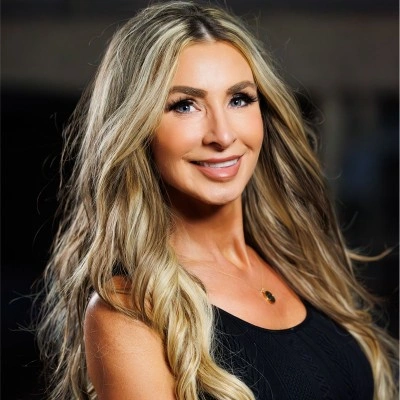
I am Mindy Medford, a home décor, paint, and design specialist with over a decade of hands-on experience transforming ordinary spaces into cozy, personality-packed havens. Since 2013, I have been helping homeowners discover the art of beautiful yet practical design. I share my love for color, texture, and layout—making stylish interiors & exteriors feel achievable for everyone. Whether it’s picking the perfect paint shade or reimagining a small space, I’m here to guide and inspire.

